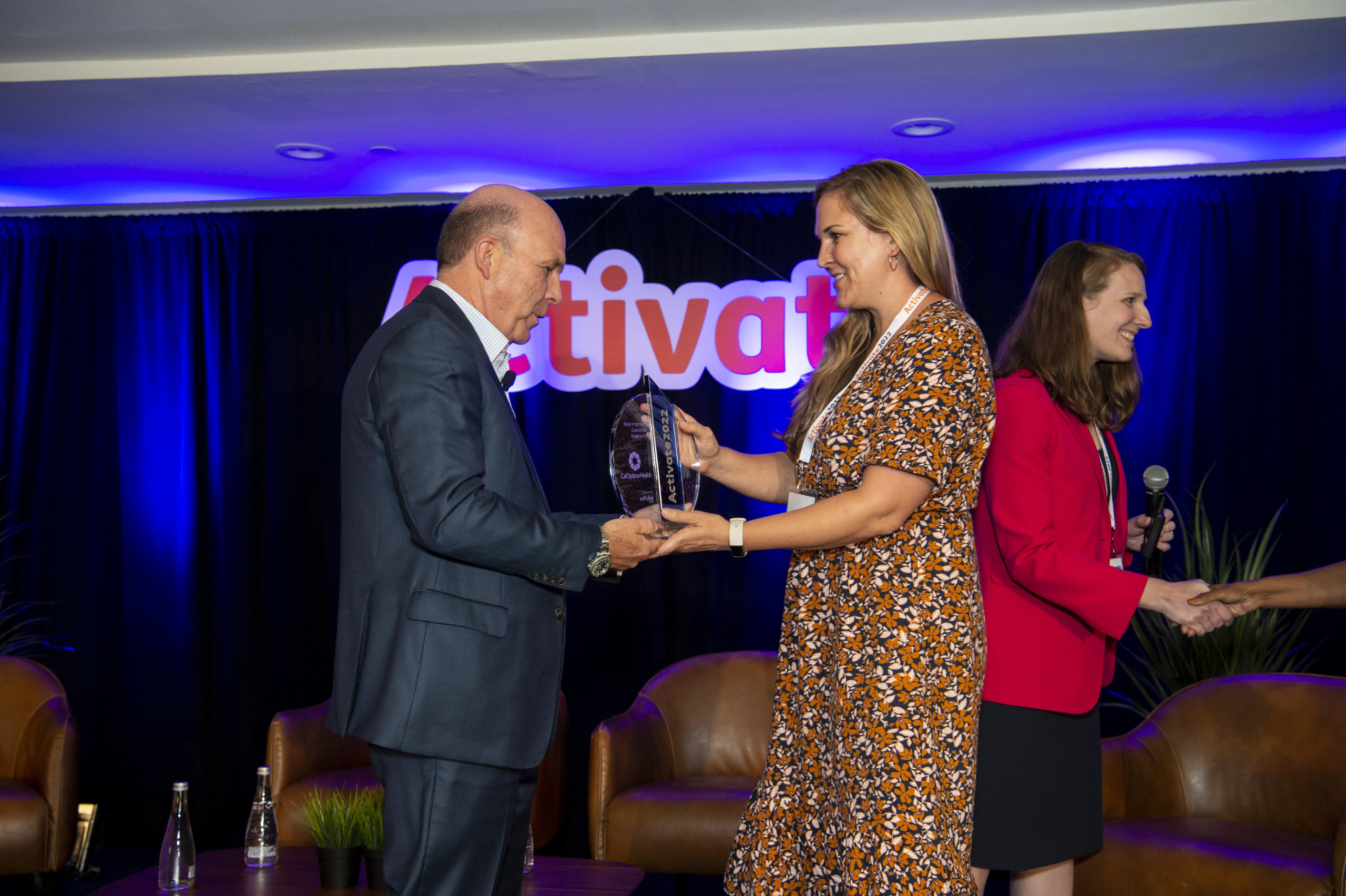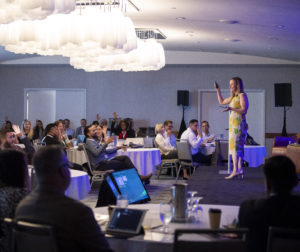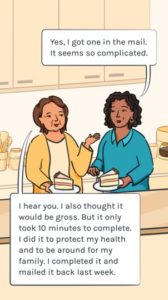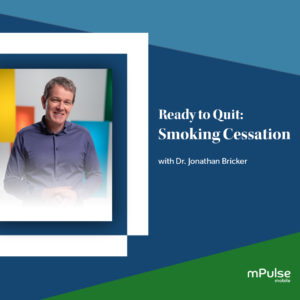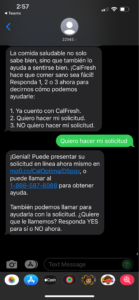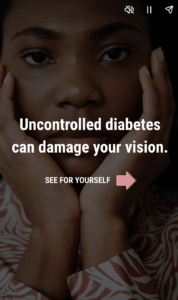The public is composed of numerous groups whose cry to us writers is: 'Comfort me.' 'Amuse me.' 'Touch my sympathies.' 'Make me laugh.' 'Make me shiver.' 'Make me weep.' 'Make me think.'
Henri Rene Albert Guy de Maupassant Tweet
Dear reader, have you ever wondered why you remember a story you heard better than an article you read? Once again, it comes down to the power of behavioral science. This next installment in our Frictionless Healthcare blog series will focus on the concept of storytelling effect. Storytelling effect is around the finding that people remember stories better than facts alone.
Starting with the Foundation: Good Storytelling
The desire for stories isn’t new. Researchers and scholars alike have often written about the extent to which humans rely upon stories for processing complex information, for entertaining and empowering people, and for communicating with individuals and the public more generally [1-3]. Volumes of research have been devoted to understanding what constitutes the core elements of a story, how stories affect human behavior, and why stories evoke different responses than other methods of sharing information.
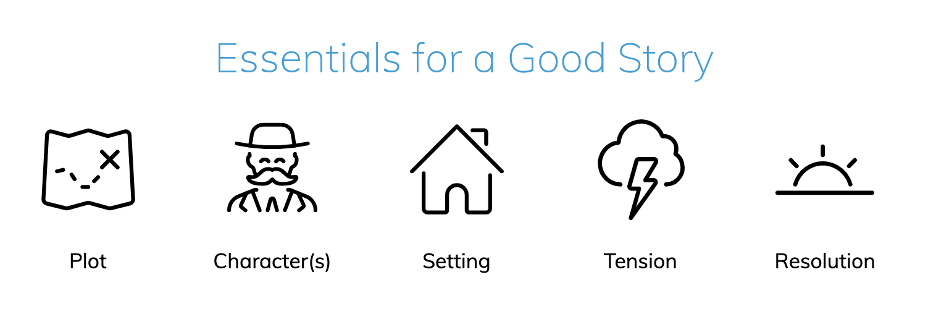
A story has five basic but important elements. These five components are: the characters, the setting, the plot, the tension, and the resolution. These essential elements keep the story running smoothly and allow the action to develop in a logical way. A place to look for a clear illustration of these elements is in fairy tales. Fairy tales are universally accessible stories with clear stakes, effective story structure, and memorable characters. Let’s take Snow White as an example.
- Plot: The Evil Queen has a very unhealthy level of jealousy and obsession with Snow White and wants to kill her (quite extreme)
- Characters: the villain is obviously the Evil Queen, our protagonist is Snow White, and we have supporting characters (the seven dwarfs, the prince, and the forest animals).
- Setting: a house in the forest in a faraway fairy tale land
- Tension: The Evil Queen spends most of her time plotting a way to kill Snow White, which understandably causes quite a bit of tension. Ultimately, she succeeds in poisoning her and sending her into a coma.
- Resolution: the prince wakes Snow White, and they live happily ever after.

Neuroscience imaging has shown that facts and figures activate just two areas of the brain: those responsible for language comprehension and processing.
But stories activate up to eight areas of the brain: those having to do with touch, movement, scent, sound, color, and shape in addition to language comprehension and processing. The research shows that stories “light up” more of the brain than factual reporting. Part of this is because storytelling connects listeners to the storyteller emotionally and motivates cooperative behavior.
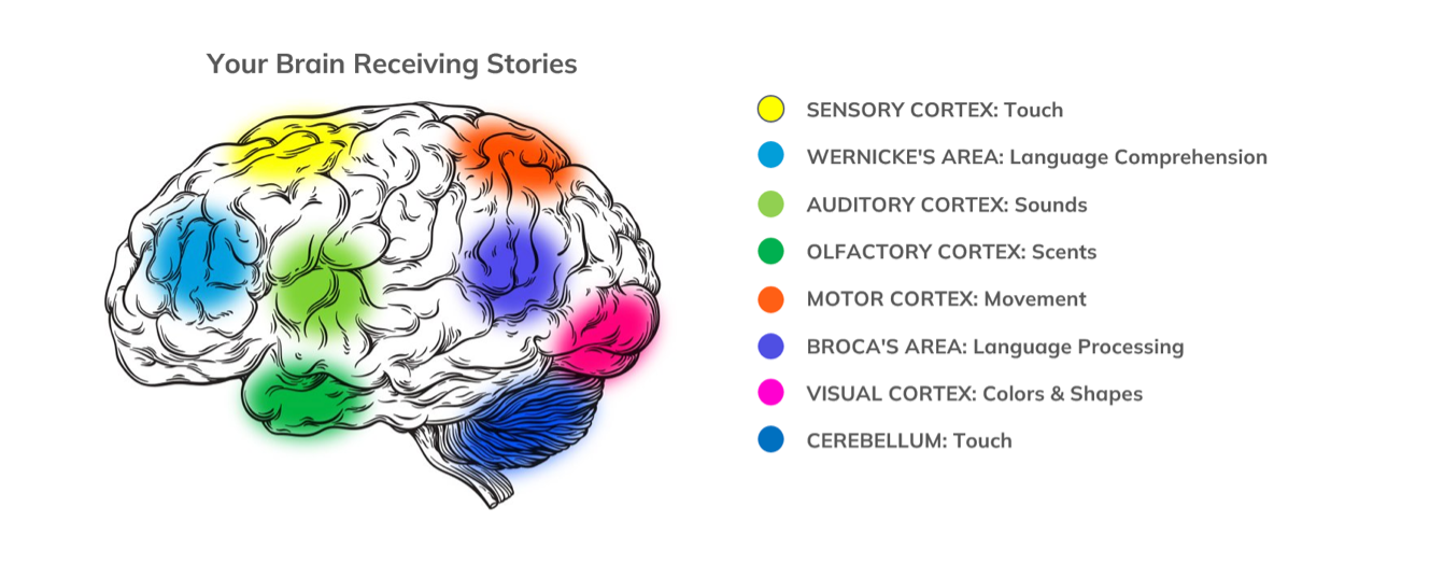
According to Stanford Graduate School of Business, stories are 22 times more memorable than facts alone. This is likely because stories universally activate brain regions dealing with emotional processing and memory.
The research implies that the brain responds to the story events as if they were happening to the listener. If you’re skeptical, think about why you cry while watching a movie, even though logic tells you that the story and characters are fictional. The medium of video engages and allows viewers to envision a reality in a manner not captured with verbal communication.
Storytelling for Health Engagement
In health engagement, however, we aren’t telling stories just to entertain. While entertainment is a respectable goal and key part of the equation, our main objective is to drive a specific action, such as getting that gap closure or convincing someone to set an appointment. Because the goal is loftier for healthcare, the formula gets a little more complex. There are a few more elements to consider: your target audience, the barriers they’re facing, your key messages, and a call to action.

To illustrate the application of story bias in healthcare, we’ll stick to our own advice and use a story:
On the eve of 2020, all through the country, Americans were partying, drinking, setting off fireworks, and celebrating the beginning of a new decade. All were blissfully unaware of the troubles on the near horizon. We had all heard of the ominous coronavirus, but that was a problem brewing in the far reaches of China, and we were safely on the other side of the world.
Fast forward to the end of January 2020, and coronavirus had now touched our shores, news of the impending pandemic was spreading, and the first Public Health Emergency (PHE) declaration was made by the white house. This declaration gave the government powers to guide and assist the country in fighting the pandemic and included in it was a pause on redetermination for Medicaid.
For the last two years, Medicaid members have enjoyed continuous enrollment, meaning they retained their benefits without having to reapply annually as they usually would. But the Medicaid market knows that is soon coming to an end. Plans will now have the mountainous talk of restarting the redetermination process for their entire member base and ensure nobody falls through the cracks and losses coverage.
That’s where it becomes critical to engage and educate your members using all tools at your disposal, and we recommend storytelling be a part of that. Listen to Tom Godfrey, our Vice President of Instructional Strategy and recent webinar host, explain the use of a target audience, barriers, key messaging, and a call to action all tied into storytelling in the form of a Fotonovela (a quick bite-sized animated story).
Interested in more? Read part five of the Frictionless Healthcare blog series.
Behavioral scientists have found that in order to make a decision, people use both the rational and emotional parts of their brain. This means the most effective marketing messages will contain elements that appeal to each. Decisions of all types are often first made emotionally, and then later justified with rational reasons. Fotonovelas and other storytelling devices are our way to use that to our advantage.
We’ve Now Reached the Resolution
The human brain has a strong tendency to lose focus. In fact, it is estimated to engage in up to 2,000 daydreams a day and spend up to half its waking time wandering. In the presence of a compelling story that creates tension, however, the brain snaps to attention due to the release of a stress hormone known as cortisol.
At mPulse, we use stories because they command attention, which we need from members and patients to drive action. Fotonovelas, animations, interactive experiences—these all serve to engage the brain, motivate the person, and create healthier individuals. If you’d like to learn more about the ways in which we use storytelling to drive action, watch the companion webinar to this blog, Stories that Move: Exploring the role of storytelling in behavior change design.
Resources: 1. Gottschall J. The Storytelling Animal: How Stories Make Us Human. New York, NY: Houghton Mifflin Harcourt; 2012. [Google Scholar]
2. Cron L. Wired for Story: The Writer’s Guide to Using Brain Science to Hook Readers from the Very First Sentence. Berkeley, CA: Ten Speed Press; 2012. [Google Scholar]
3. Olson R, Barton D, Palermo B.. Connection: Hollywood Storytelling Meets Critical Thinking. Los Angeles, CA: Prairie Starfish Productions; 2013. [Google Scholar]
Binder JR, Frost JA, Hammeke TA, Cox RW, Rao SM, Prieto T. Human brain language areas identified by functional magnetic resonance imaging. J Neurosci. 1997 Jan 1;17(1):353-62. doi: 10.1523/JNEUROSCI.17-01-00353.1997. PMID: 8987760; PMCID: PMC6793702.



